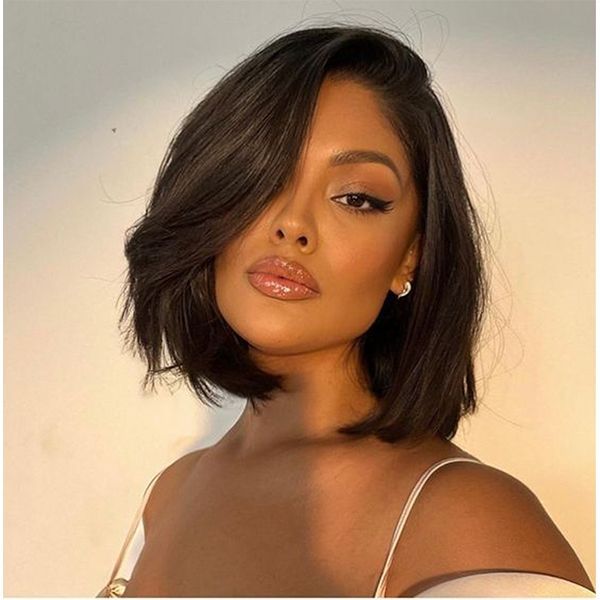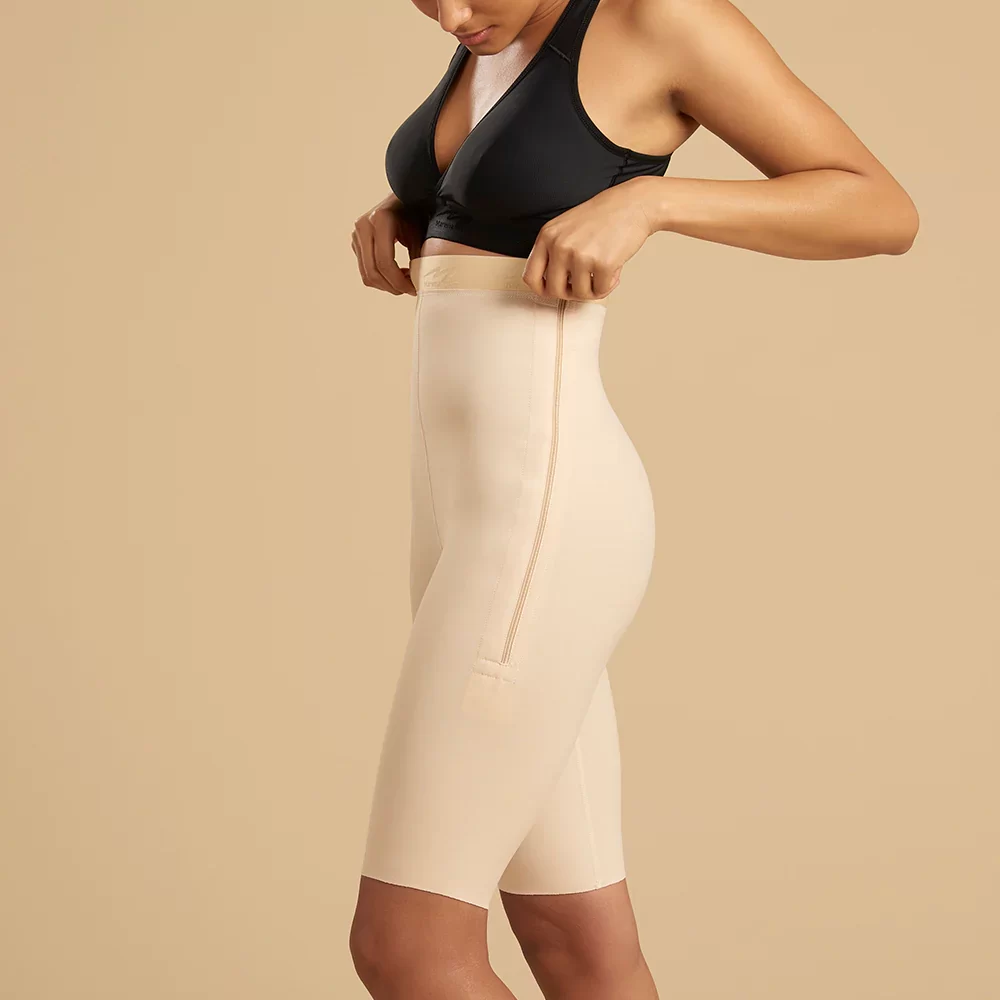
Exploring the Girdle: A Timeless Accessory
Exploring the Girdle: A Timeless Accessory
Girdles have a rich history, serving various purposes across cultures and eras. They are often misunderstood as mere fashion items. However, girdles can blend functionality with style. What is a girdle? This blog delves into the definition, history, variations, and modern relevance of girdles.
Understanding the Girdle
A girdle is an article of clothing that encircles the waist. Traditionally, it was thicker, providing support to the torso. In essence, girdles created a silhouette that was fashionable for centuries. Initially used for comfort, girdles became a staple in women’s fashion. They often defined the body shape and enhanced the figure. Fashion designers manufactured girdles in various materials, including cotton, satin, and lace. These materials dictated the girdle’s function, making some suitable for everyday wear and others for formal occasions.
Moreover, girdles often featured laces, hooks, and elastics. These components allowed for adjustable fits, catering to different body shapes. Additionally, some girdles included boning, which provided structure and support. Today, girdles serve different functions than they did in the past. They are often viewed as shapewear, intended to create a smoother appearance under clothing. Transforming the understanding of girdles, the modern variation emphasizes both comfort and aesthetics.
While some modern girdles strictly function as undergarments, others serve as statement pieces. For instance, some designers create elaborate girdles adorned with embroidery or gemstones. Such designs challenge the notion that girdles must be simple and discreet. Accessories like girdles are now celebrated in fashion shows, merging practicality with artistic expression.
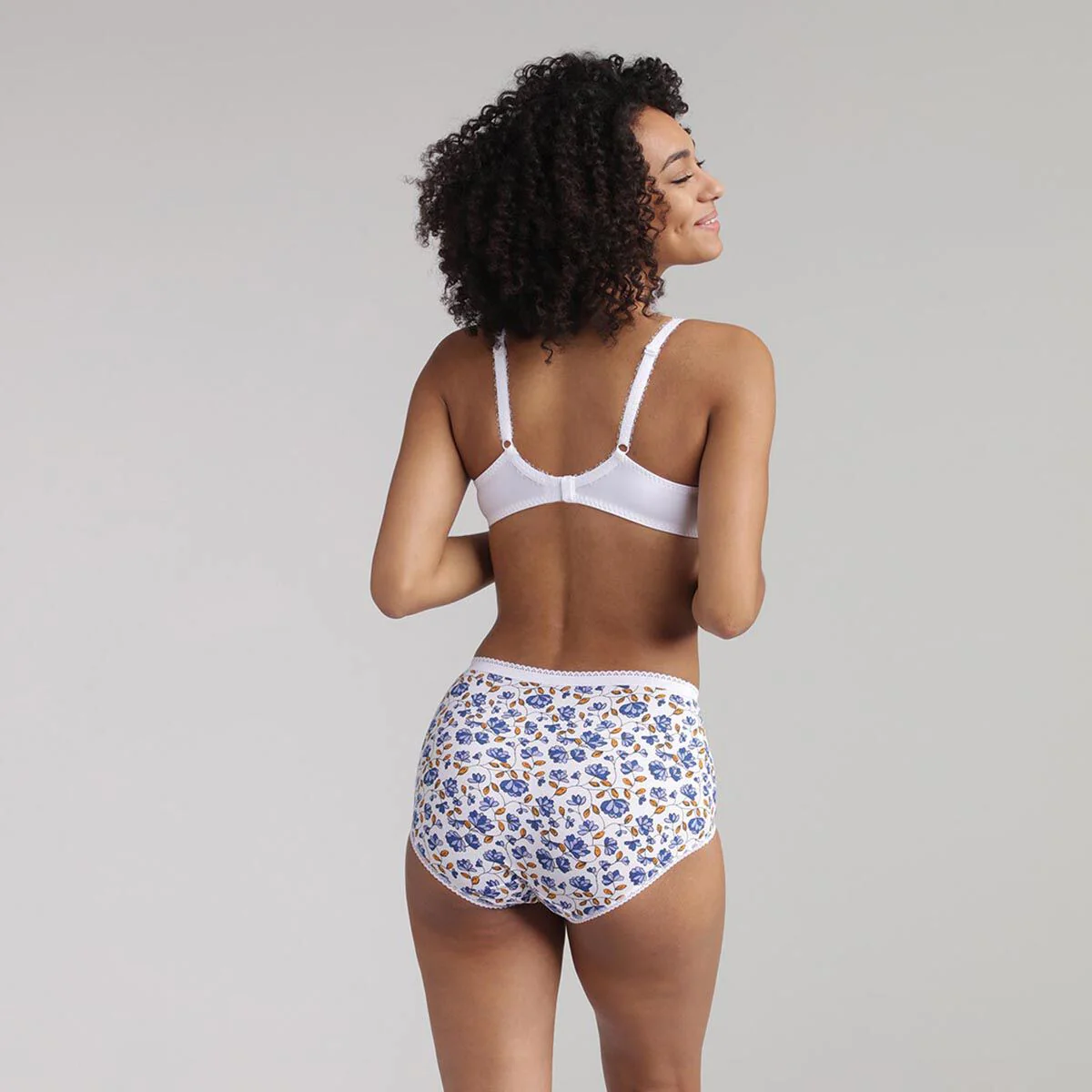
The Historical Significance of Girdles
Girdles date back to ancient civilizations. In ancient Egypt, both men and women wore girdles as a part of their everyday attire. These early versions often consisted of simple strips of cloth or leather. Girdles symbolized status and were frequently adorned with decorative elements. Such designs reflected the wealth and taste of the wearer.
Moving forward in time, medieval Europe embraced girdles as both practical and decorative items. During this period, women began wearing girdles to achieve a desirable silhouette. The corset evolved from the girdle, transforming women’s fashion significantly. Girdles during the Renaissance era were intricate, made from luxurious fabrics, and showcased elaborate craftsmanship. Such pieces became highly sought after in elite circles.
The Industrial Revolution led to mass production. As girdles became more accessible, styles and materials evolved rapidly. The Victorian era marked a resurgence in girdle popularity, with an emphasis on constraining the waist. This period celebrates the girdle’s complex relationship with femininity and societal expectations regarding body image.
In the 20th century, girdles faced varying degrees of popularity. While the post-war years saw a rise in girdles, the feminist movement challenged traditional notions of beauty. Many women rejected constrictive garments, seeking comfort and freedom in clothing choices. Thus, girdles gradually transformed into more flexible options, accommodating modern lifestyles.
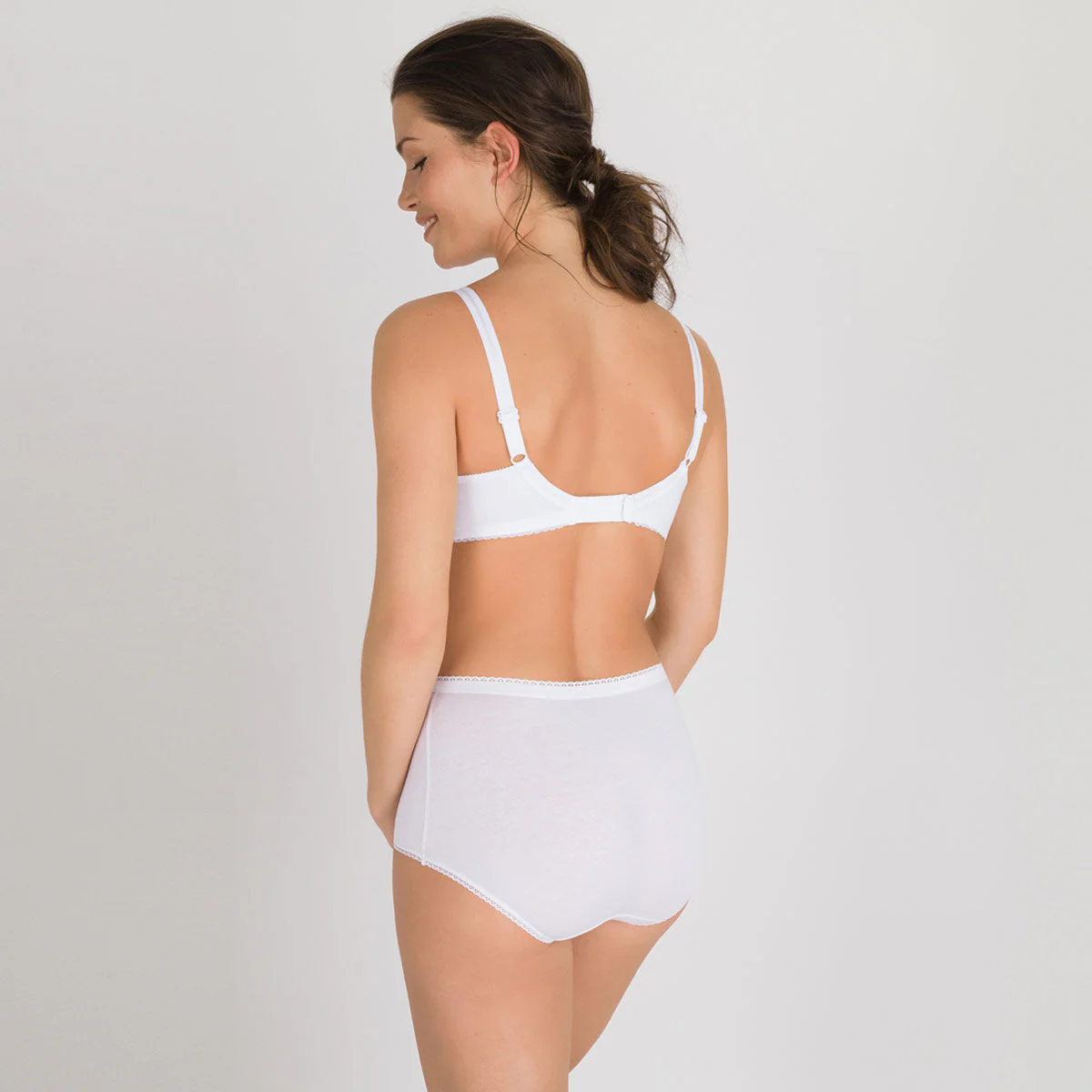
Variations of Girdles Throughout Time
Girdle variations abound, reflecting personal tastes and societal norms. Historical girdles ranged in complexity from simple bands to elaborate designs. Some models were intended purely for function, while others emphasized aesthetic appeal.
In the early days, girdles were primarily utilitarian. They provided support for both men and women, with a focus on practicality. As fashion evolved, so did the design of girdles, incorporating more decorative elements. During the Middle Ages, for instance, intricate designs began to surface. Embellishments became popular, showcasing artistry and craftsmanship.
By the 19th century, girdles transformed significantly. The introduction of boned corsets led to tighter, more structured shapes. This shift influenced the girdle’s role in women’s fashion. Designers adapted girdles to create a flattering hourglass silhouette. The evolution from functionality to style defined this period.
Modern girdles, on the other hand, focus more on comfort and versatility. Contemporary options range from lightweight stretchy materials to shapewear designed for specific outfits. Consumers can choose from various styles, including high-waisted designs or traditional styles. A wide array of textures and colors allows for personalization, catering to individual preferences.
Furthermore, the popularity of activewear influenced girdle designs. Many brands now create girdles that offer support during physical activities. This fusion of functionality and style has broadened the options available in the market. Today’s girdles not only enhance outfits but also contribute to a healthier and more active lifestyle.

The Role of Girdles in Modern Fashion
In modern fashion, girdles play a unique role. They often serve as underpinnings to create a polished look. However, their purpose extends beyond mere shaping. Today’s girdles frequently combine style and comfort, appealing to a broad audience.
Girdles can be found in many wardrobe essentials. They enhance dresses, skirts, and pants, adding sophistication to any outfit. Various designs, colors, and materials allow for a customized look. This versatility has made girdles a coveted accessory in both everyday wear and haute couture.
Moreover, girdles are increasingly recognized as fashion statements. Designers highlight girdles in their collections, showcasing their artistry. For instance, fashion shows feature girdles embellished with intricate patterns and lively colors. This emphasis on innovation keeps the girdle relevant in contemporary fashion.
With the rise of body positivity, girdles have also transformed in perception. No longer solely tools for restricting the body, girdles embrace various body types and sizes. This shift encourages consumers to express themselves freely while embracing their unique shapes. Consequently, girdles are celebrated for their ability to enhance confidence rather than diminish it.
The evolution of girdles proves that fashion can transcend conventional norms. Today’s girdles embrace individuality and encourage self-expression. As a result, they continue to hold a prominent place in modern wardrobes.
Girdles and the Pursuit of Confidence
Confidence is a vital element of self-expression in fashion. Girdles can play a significant role in boosting confidence for many individuals. When wearing a girdle, many find support and a flattering shape. This can positively affect how one presents themselves to the world.
Girdles cater to various body types. They allow individuals to choose garments that boost their self-esteem. By highlighting curves or creating a smoother silhouette, girdles empower people to embrace their bodies. This encouragement fosters a sense of confidence that resonates beyond clothing.
Moreover, girdles enhance the overall outfit. A well-fitted girdle, combined with stylish attire, can lead to several compliments. Such positive reinforcement can elevate one’s self-image. Confidence thrives in an environment where individuals feel good in their clothing choices.
The choice of girdles is personal and varies from person to person. For some, a simple cotton girdle may provide enough support and comfort. Others may opt for ornate designs that make a bold fashion statement. The wide array of options allows individuals to express their unique styles confidently.
In summary, girdles are more than mere fashion accessories. They offer support, enhance body shape, and instill confidence in wearers. As the perspectives on body image continue to evolve, girdles serve as a tool for positive self-expression.
Girdles in Popular Culture
Girdles have permeated popular culture, influencing art, film, and music. In various media forms, they symbolize beauty ideals and societal expectations. Films from different eras often showcase characters wearing girdles to convey a certain image. These portrayals reflect societal norms of femininity and poise.
Moreover, music videos highlight girdles and their significance. Artists might choose to wear girdles to evoke nostalgia or challenge beauty standards. By weaving girdles into their narratives, they explore the complex relationships individuals have with their bodies.
Art also embraces girdles as a subject, prompting conversations around body image. Various artists interpret girdles through their unique lenses, challenging viewers to rethink beauty standards. Through installations, paintings, and photography, girdles become symbols of empowerment and control.
Social media plays an essential role in reshaping the perception of girdles. Influencers often showcase how to style girdles creatively, inspiring followers to explore fashion’s versatility. This dynamic allows people to experiment and express themselves confidently.
In conclusion, girdles occupy a fascinating position within popular culture. They reflect societal norms and simultaneously challenge those very standards. This duality keeps the conversation around girdles alive, encouraging ongoing exploration of beauty and self-expression.
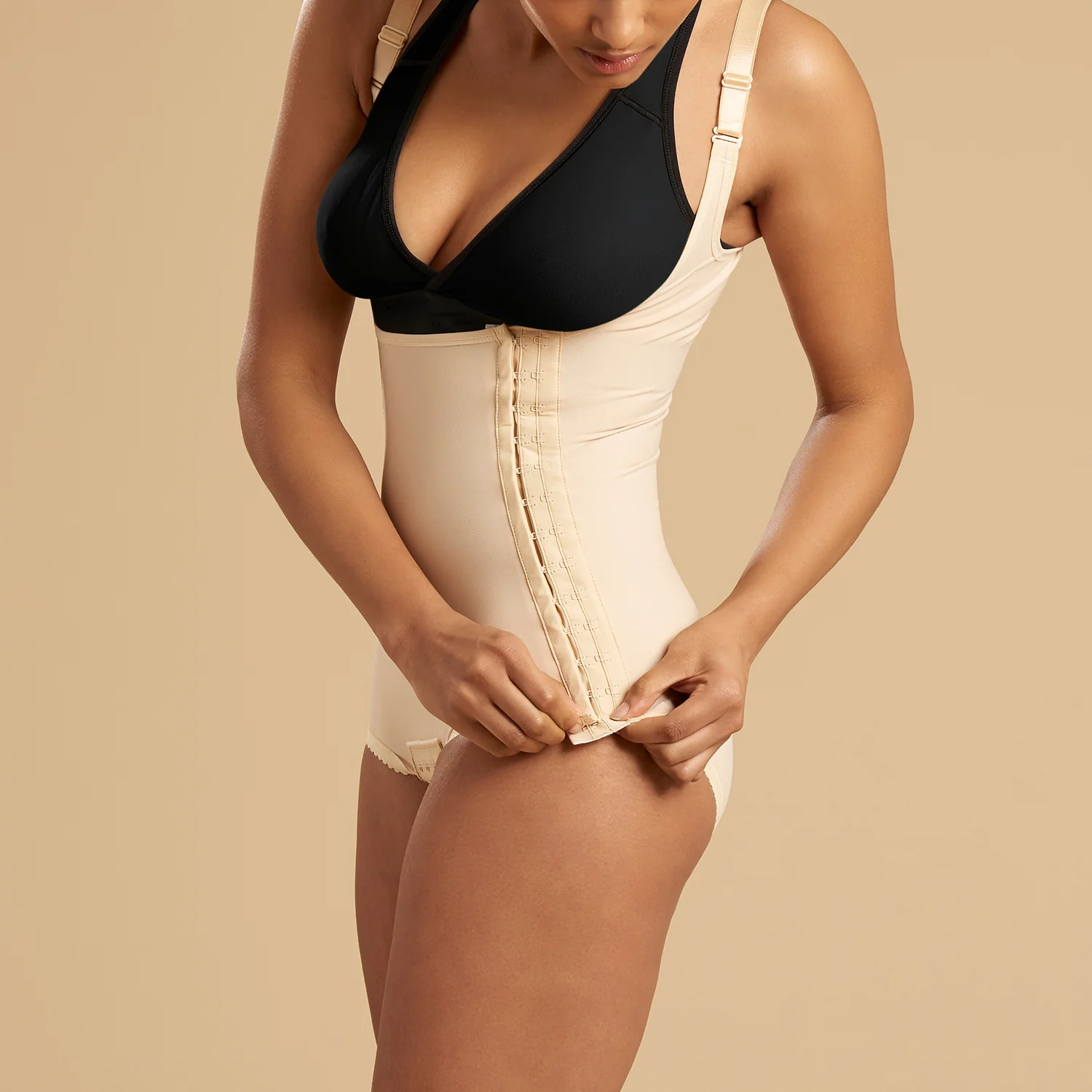
Practical Tips for Choosing and Wearing Girdles
Choosing the right girdle involves considering several factors. First, understanding the purpose of the girdle is key. Whether opting for support, shaping, or style, clarity in objectives can guide the selection process.
Next, one should consider the material. Girdles made from breathable fabrics enhance comfort, especially during extended wear. Different materials cater to individual preferences, from smooth satin to flexible cotton blends. Comfort contributes significantly to confidence, allowing wearers to feel good while looking stylish.
Moreover, selecting the right size is crucial. A properly fitting girdle provides the necessary support without feeling restrictive. It’s advisable to consult size charts and, when possible, try on girdles before purchasing.
When it comes to wearing girdles, layering can enhance their effectiveness. Girdles can serve as a foundation for various outfits, providing a smooth base. The right placement is essential—position the girdle high on the waist for optimal support.
Lastly, embracing styles that express individuality is vital. Numerous patterns, colors, and designs exist, allowing for creative self-expression. Girdles can enhance one’s outfit while showcasing personal style.
By considering these tips, individuals can enjoy the benefits of girldes confidently and stylishly. Girdles should not only serve a functional purpose but also celebrate the wearer’s unique aesthetic.
Conclusion
Girdles have a rich, multifaceted history. From their origins to modern-day interpretations, their significance endures. They seamlessly blend practicality with artistry, encouraging confidence and self-expression.
Understanding the evolution of girdles illuminates their role in fashion. Throughout history, girdles have influenced body image, societal expectations, and personal choices. They are not merely garments but tools for empowerment.
Today’s girdles reflect individual preferences and resonate with broader cultural movements. As attitudes towards body image continue to evolve, girdles occupy a vital role in this narrative. They embrace diversity and promote self-acceptance across various body types.
In modern fashion, girdles are anything but obsolete. They transform everyday wear into something extraordinary. With numerous options available, everyone can find a girdle that resonates with their style.
Ultimately, girdles symbolize a celebration of individuality and strength. They remind wearers of the beauty in embracing oneself while navigating the complexities of fashion and self-image. Thus, girdles will remain relevant in the ever-changing landscape of fashion.

